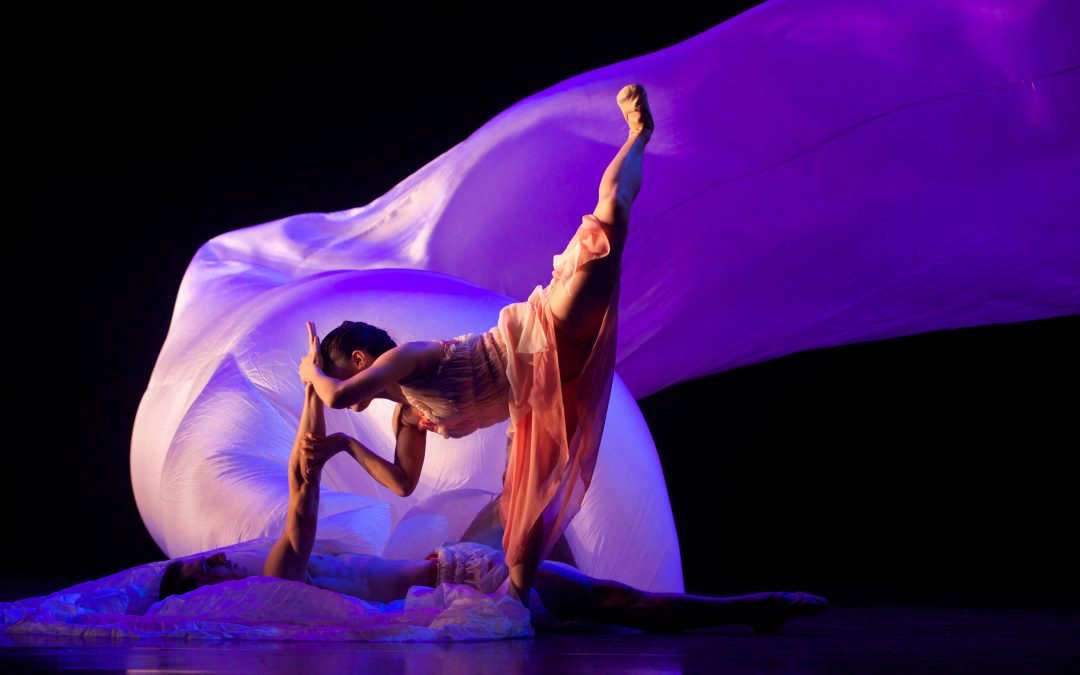There is no single answer for anyone’s management of pain or prevention of injury. It requires addressing your particular instrument, your particular body, your particular lifestyle, your particular training. Following are some of the lessons I have learnt over the years that I would like to share from my experiences attempting to discuss and address my pain with: 4 different physiotherapists, 3 GPs, 4 massage therapists, 4 cello teachers, 1 Alexander Technique teacher, 1 month of regular Pilates classes, weekly swimming and a gym membership.
(This is not a complete assessment of all factors in addressing playing-related pain, it is simply a summary of reflections and lessons from my own personal experience. I hope it will inspire further and continued discussion.)
STRETCHING is very useful in prevention of injury and I have a series of stretches that covers regions of my body from my neck down to my toes. However, I have learnt over the years that stretching can only get us so far. It is really essential to combine regular and targeted stretching with regular and targeted strengthening.
STRENGTHENING can be achieved through specific isolated exercises to target an area that may be injured or weakened. But another way to approach this side of our fitness is to have a regular routine of low-impact, strength-building exercise like yoga, Pilates and/or swimming.
ASKING your teacher about the pain you are experiencing can sometimes be useful for you and can lead to them incorporating targeted technical exercises into your practice or sharing their own experience and knowledge of stretches and/or recommendations of medical professionals. It can be daunting to have these conversations, but it is important that we encourage our teachers to address these questions and to take responsibility for providing informed answers or informed recommendations of where to seek help if they don’t have answers. The culture around injury for performing artists needs to change and the teaching studio is an important place for these shifts to occur.
WARM UP TIME is set up time. I see my warm up time as a time to focus in on my technique, my posture at the instrument, my breathing and my body. I use this time to set my body up for playing, and it gives me a fighting chance of not falling into old habits when I am working on repertoire later in the session where my mind is preoccupied with co-ordinating a million aspects of playing music all at once.
PRACTICE CREATIVELY so that you don’t have sessions in which you strain particular muscles, and learn how to practice without playing your instrument. When deciding what to do in a session, try to select repertoire or exercises that don’t all work the same area of your technique or your body. Find different ways to practice certain things so you don’t strain muscles unnecessarily. For example, if I am refining intonation in chordal passages and my right arm tires from playing the chords over and over again, I play the passages pizzicato so I can still address the intonation in my left hand, while my right arm can be more restful. I also found that learning how to do mental practice allows you to work productively away from your instrument and is also an extremely valuable practice technique especially for areas like memorisation and even performance anxiety.
TAKE MOMENTS within your practice session to stop and relax a bit if you’re feeling tense or tired. It can be hard to stop sometimes when we feel we just have that one 60 minute slot to get work done before the next commitment, but 30 seconds of standing up and stretching out and shaking out and drinking some water can go a long way and is very worth it considering the greater productivity and sustainability of playing it can create.
TENSION begets tension! Ensuring you drink water before and after a performance can be really helpful for keeping muscles in a good state to be useful, and staying hydrated during practice sessions is really important too! I also learnt last year that when we are stressed our magnesium levels become depleted, and magnesium helps our muscles to release after use – so the stress of playing under pressure can lead to our muscles struggling to relax. Try to incorporate some magnesium enriched foods into your regular diet or you can also take a supplement if you don’t mind this method.
MEDICAL PROFESSIONALS are important people to turn to when we are not able to overcome pain, injury or weakness ourselves or with the help of our teachers and peers. Increasingly, there are medical professionals who have a specialised interest and experience working with performing artists. You can search for some of these professionals in the ASPAH Members Directory.
YOUR VOICE is important in discussions with medical professionals. I have had problems across the board with medical professionals whose main interest is getting me out of their consultation room and into the billing area. It is important to find a balance between respecting medical knowledge and advice, and remembering that we probably know our bodies and our experience far better than anybody else. If something is not working for you but the medical professional insists it should be, consider getting a second opinion. If you feel you are not getting clear enough information or not having the issues important to you addressed in your consultation, interrupt the medical professional and insist they clarify things or answer the questions important to you. They are being paid well for their time. You know your experience, you know your instrument: make sure there is a two-way dialogue in the consultation room and you leave feeling you understood that dialogue and were heard in it.
Copyleft – Camilla Tafra 2016
camilla.tafra@gmail.com

